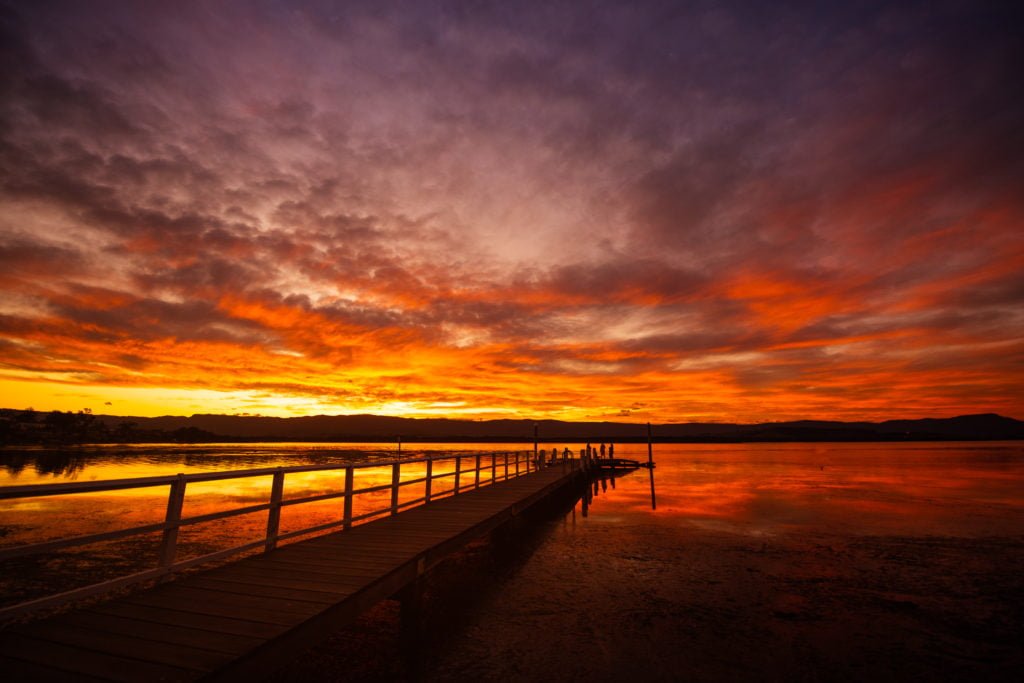Sunset Photography
Let’s Talk About Sunsets
Capturing Nature’s Farewell: The Art of Sunset Photography
There’s something inherently mesmerizing about the sight of the sun dipping below the horizon, casting a myriad of colors across the sky in its final farewell of the day. Sunset photography is a pursuit beloved by many, from amateur enthusiasts to seasoned professionals. It’s a moment of magic, where light and shadow dance together, painting the world in hues of gold, pink, and orange. In this blog, we’ll delve into the art of sunset photography, exploring techniques, tips, and the essence of capturing nature’s spectacle.
The Magic Hour: Timing is Everything
The first rule of sunset photography? Timing is everything. The “golden hour,” that magical window of time shortly after sunrise or before sunset, offers the most exquisite light for photography. During this period, the sun sits low in the sky, casting a warm, diffused glow that enhances colors and textures, creating depth and dimension in your images.
Arrive at your chosen location well before sunset to scout for the perfect vantage point. Keep in mind that the quality of light can change rapidly during this time, so be prepared to adapt your settings accordingly.
Composition: Framing the Moment
A stunning sunset alone does not guarantee a captivating photograph; composition plays a crucial role in creating visually compelling images. As you frame your shot, consider the elements within the scene: foreground, midground, and background.
Including interesting foreground elements, such as silhouetted trees, rocks, or buildings, can add depth and context to your composition. Experiment with different angles and perspectives to find the most engaging composition.
Additionally, the rule of thirds can be a helpful guideline for creating balanced and visually pleasing compositions. Rather than placing the horizon line in the center of the frame, try positioning it along the upper or lower third, depending on the emphasis you want to place on the sky or the foreground.
Exposure: Finding the Right Balance
One of the challenges of sunset photography lies in achieving the perfect exposure, especially when dealing with high dynamic range scenes where the contrast between light and shadow is pronounced.
To capture the full range of colors and tones in a sunset scene, consider using exposure bracketing or graduated neutral density filters to balance the exposure between the bright sky and darker foreground. Alternatively, you can use the exposure compensation feature on your camera to manually adjust the exposure settings.
Experiment with different shutter speeds, apertures, and ISO settings to find the optimal balance between capturing detail and avoiding overexposure. Keep in mind that shooting in RAW format will give you greater flexibility during post-processing to fine-tune exposure and color adjustments.
Creative Techniques: Beyond the Basics
While capturing a traditional sunset landscape can yield breathtaking results, don’t be afraid to experiment with creative techniques to add visual interest to your photographs.
Long exposure photography, for example, can create stunning effects such as silky smooth water or streaking clouds, adding a sense of motion and dynamism to your images. To achieve this effect, use a tripod to keep your camera steady and select a slow shutter speed (typically several seconds or more) to capture the movement of the scene.
Silhouette photography is another effective technique for capturing the dramatic shapes and outlines of objects against the colorful backdrop of the setting sun. Experiment with positioning your subjects in front of the sun to create striking silhouettes against the vibrant sky.
Post-Processing: Enhancing the Magic
While it’s essential to strive for the best possible results in-camera, post-processing can elevate your sunset photographs to new heights by enhancing colors, contrast, and overall visual impact.
Use editing software such as Adobe Lightroom or Photoshop to fine-tune exposure, white balance, and color saturation to bring out the full beauty of the sunset. Be mindful not to over-process your images, however, as subtlety is often key to creating a natural and timeless look.
Experiment with different editing techniques, such as dodging and burning, selective color adjustments, and gradient filters, to add depth and dimension to your sunset photographs while staying true to the scene’s inherent beauty.
Conclusion: Capturing Moments, Creating Memories
Sunset photography is more than just a technical pursuit; it’s an opportunity to connect with nature’s beauty and capture fleeting moments of magic. Whether you’re a novice photographer or a seasoned pro, the key to successful sunset photography lies in patience, creativity, and a deep appreciation for the wonders of the natural world.
So next time you find yourself beneath the colorful canvas of a setting sun, don’t just admire the spectacle—pick up your camera, frame the moment, and capture a piece of nature’s farewell for yourself. After all, some moments are too beautiful not to be preserved for eternity.

